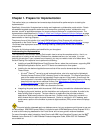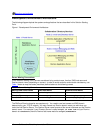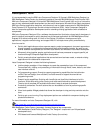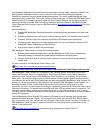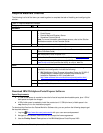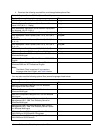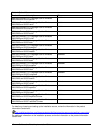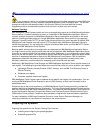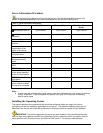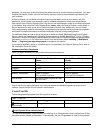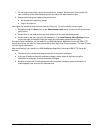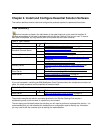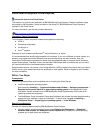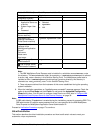
http://publib.boulder.ibm.com/infocenter/wpdoc/v6r0/topic/com.ibm.wp.exp.doc/wpf/inst_exp_prod.ht
ml
If you choose to install a non-collaborative portal without the instant messaging or other IBM Lotus
Domino based products, you may choose to use IBM WebSphere Portal Express by itself. The solution
example and solution use cases provided in this Solution Starting Point and additional Industry
Supplements require a collaborative portal and do not work in a portal-only environment.
Software Topology
IBM WebSphere Portal Express installs and runs as an application server on the WebSphere Application
Server platform. For each installation of portal, an installation of IBM WebSphere Application Server is
required, and both the portal and WebSphere Application Server installations must reside on the same
machine. Installing multiple portals on a single WebSphere Application Server profile is not supported.
Hypertext Transfer Protocol (HTTP) is used as the transport protocol for portal requests. By default, IBM
WebSphere Portal Express uses the internal HTTP transport within WebSphere Application Server to
handle these requests. You can optionally configure an external Web server, such as IBM HTTP Server,
to work with IBM WebSphere Portal Express.
Because portal administration and configuration are dependent on IBM WebSphere Application Server,
you might have to use the administrative tools that are provided with IBM WebSphere Application Server
to monitor or control activities that are related to the portal. Additionally, if you configure an external Web
server for use with the portal, you might need to use the Web server interface to administer portal-related
activities. A database subsystem is required for IBM WebSphere Portal Express. DB2 is the default
database provided with the product to store information about configuration, access control, user
identities, credentials, and permissions for accessing portal resources and user data.
Additionally, IBM WebSphere Portal Express and IBM WebSphere Application Server require access to a
user registry. The following list provides different sources that the portal can use to access a user registry:
● Lightweight Directory Access Protocol (LDAP) directory, such as IBM Tivoli Directory Server or
Domino Directory
● Database user registry
● Customer supplied custom user registry
IBM WebSphere Portal Express uses a database as the default user registry for authentication. You can
configure IBM WebSphere Portal Express to use an LDAP directory to store user information and to
authenticate users.
Portlets are key to the portal experience, and IBM WebSphere Portal Express has built-in portlets that
interface with tooling that extends portal functionality. The Lotus Domino and Extended Products servers -
IBM Lotus Domino and IBM Lotus Sametime Connect - are used with IBM WebSphere Portal Express to
support collaborative features in the provided Domino and Extended Products Portlets (formerly Lotus
Collaboration Center portlets). Portlets are also provided to integrate with extended search capabilities.
For each installation of IBM Lotus Sametime Connect or Lotus Domino Document Manager, an
underlying installation of Lotus Domino is required on the same machine.
Preparing the Systems
Preparing the systems for this Solution Starting Point involves:
● Installing and configuring the operating system
● Establishing system IDs
8 Collaborative Portal: Implementation Guide




